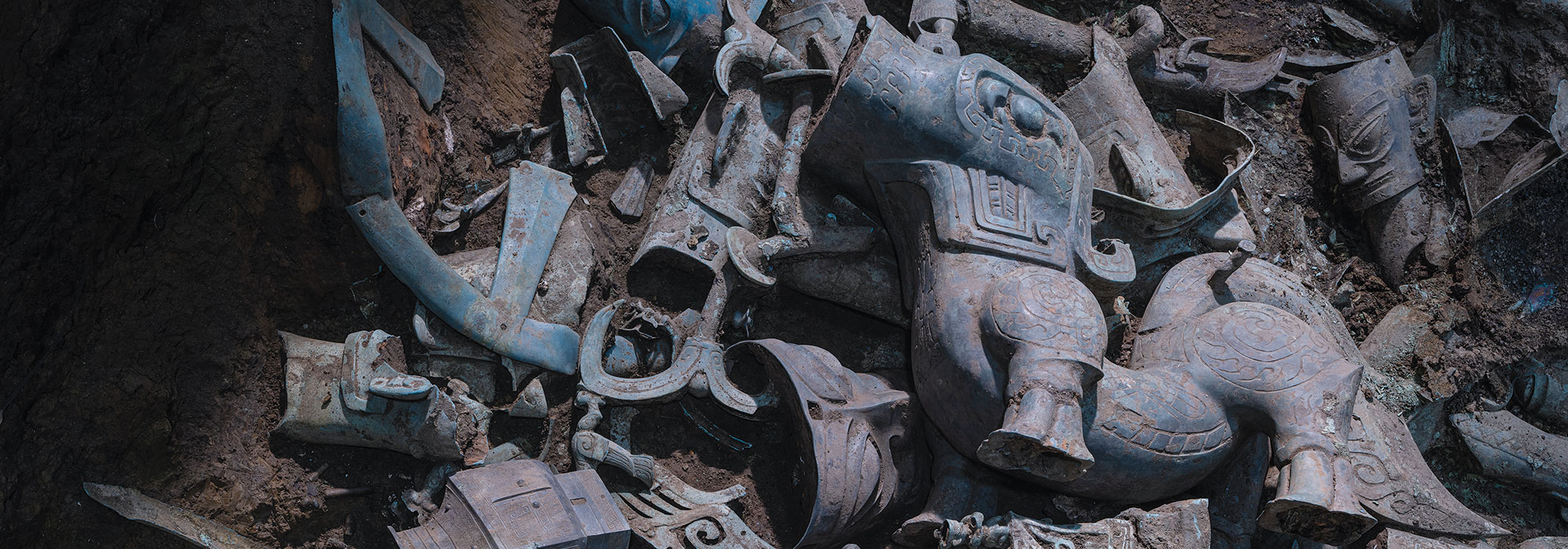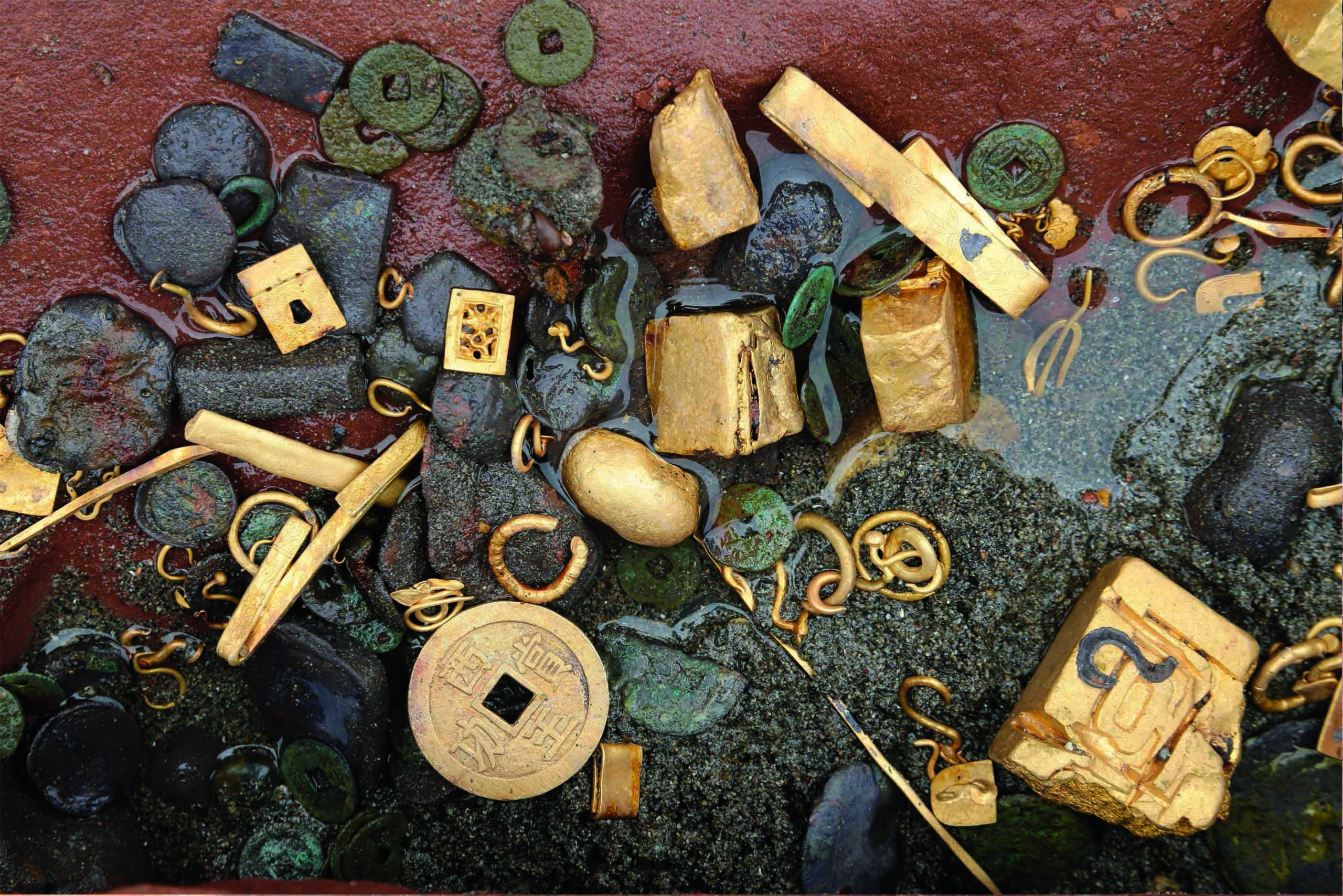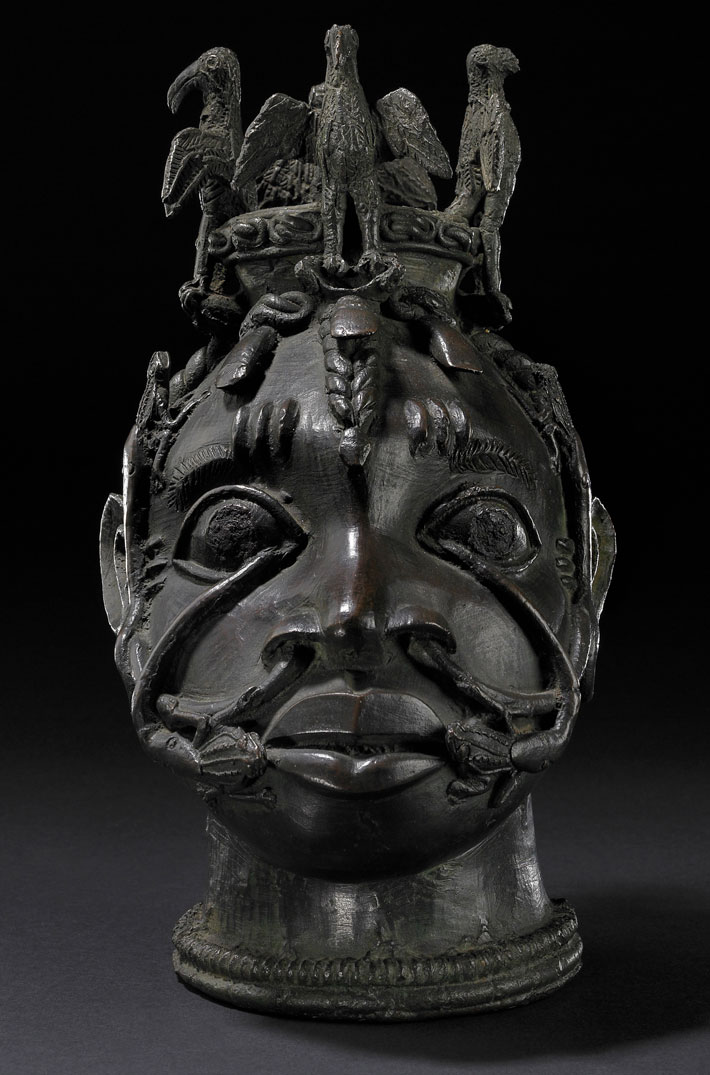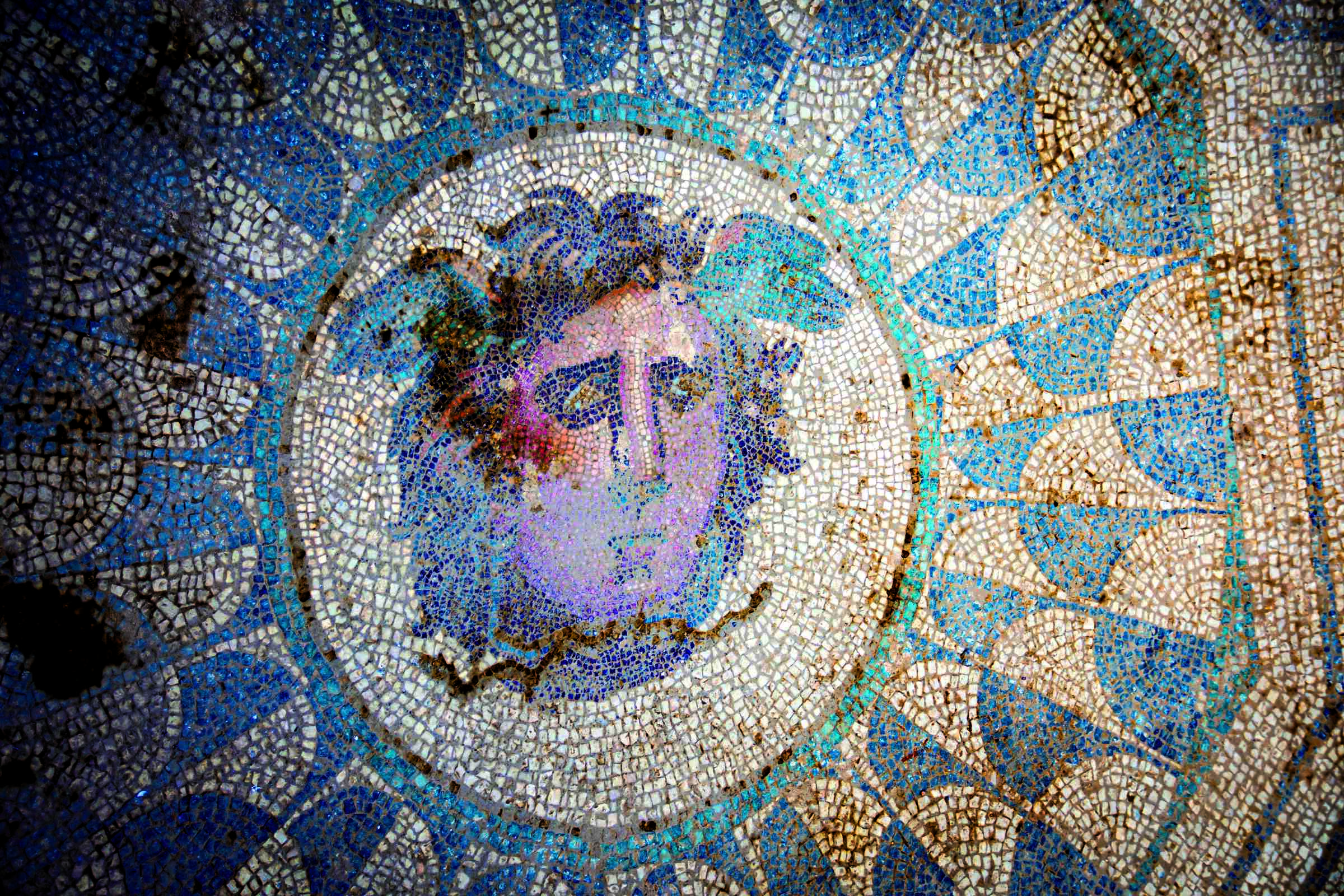BEIJING, CHINA—Live Science reports that Bo Xiao of China Agricultural University and his colleagues collected samples from eight different sections of China’s Great Wall that were constructed between A.D. 1368 and 1644. The study determined that most of the samples contained a layer of organic materials that have made the Great Wall stronger and have helped to prevent erosion. “To enhance the mechanical strength, the rammed earth of the wall was always constructed with clay, sand, and other adhesive[s] like lime by the original builders,” Xiao said. These materials naturally supported the growth of organisms, including cyanobacteria, mosses, and lichens. The team members then compared the strength of sections of the Great Wall that contain biocrusts to those that were made of bare rammed earth, and found that the biocrust sections were up to three times stronger. Mosses especially improved the durability of the structure, Xiao said. The researchers determined that the living parts of the wall secreted substances that helped to bind the rammed earth together, creating a sort of cement. “These cementitious substances, biological filaments, and soil aggregates within the biocrust layer finally form a cohesive network with strong mechanical strength and stability against external erosion,” he concluded. Read the original scholarly article about this research in Science Advances. To read about hand grenades recently discovered in a storeroom along the Great Wall, go to "Around the World: China."
Organic Material Blend Said to Strengthen China’s Great Wall
News December 14, 2023
Recommended Articles
Features November/December 2024
The Many Faces of the Kingdom of Shu
Thousands of fantastical bronzes are beginning to reveal the secrets of a legendary Chinese dynasty

Digs & Discoveries May/June 2024
Hunting Heads


Features November/December 2023
China's River of Gold
Excavations in Sichuan Province reveal the lost treasure of an infamous seventeenth-century warlord

-
Letter from El Salvador November/December 2023
Uneasy Allies
Archaeologists discover a long-forgotten capital where Indigenous peoples and Spanish colonists arrived at a fraught coexistence
 (Courtesy Roger Atwood)
(Courtesy Roger Atwood) -
Artifacts November/December 2023
Sculpture of a Fist
 (Museum of Fine Arts, Boston/Bridgeman Art Library)
(Museum of Fine Arts, Boston/Bridgeman Art Library) -
Digs & Discoveries November/December 2023
The Benin Bronzes’ Secret Ingredient

-
Digs & Discoveries November/December 2023
The Medusa of Mérida
 (Consortium of the Monumental City of Mérida)
(Consortium of the Monumental City of Mérida)


